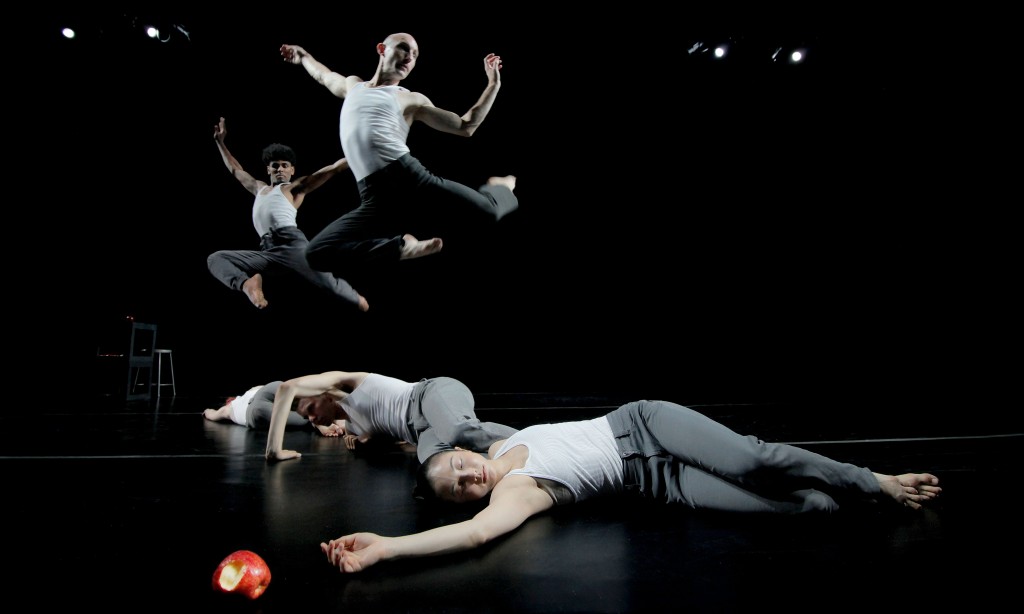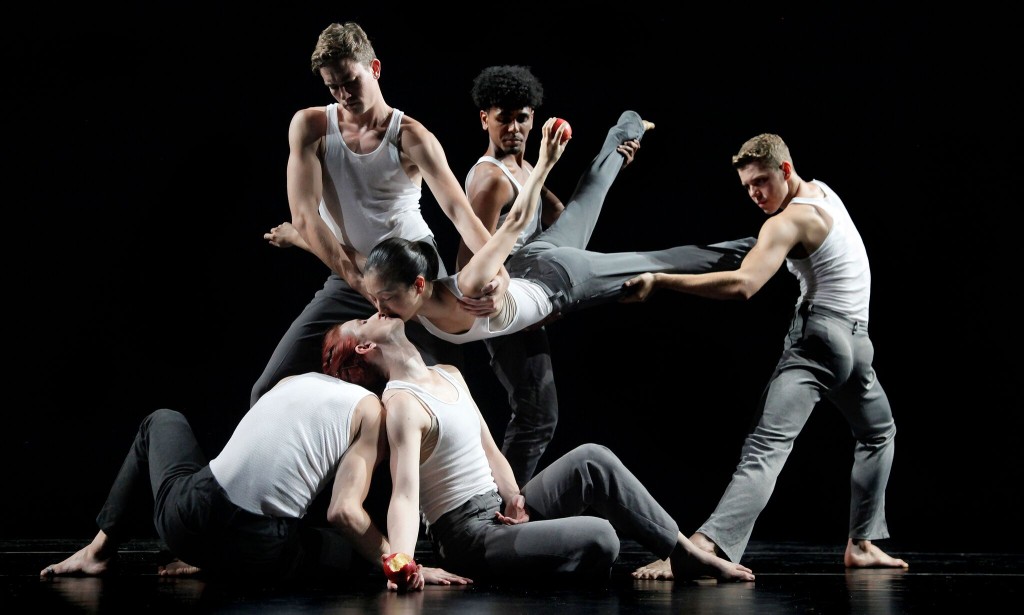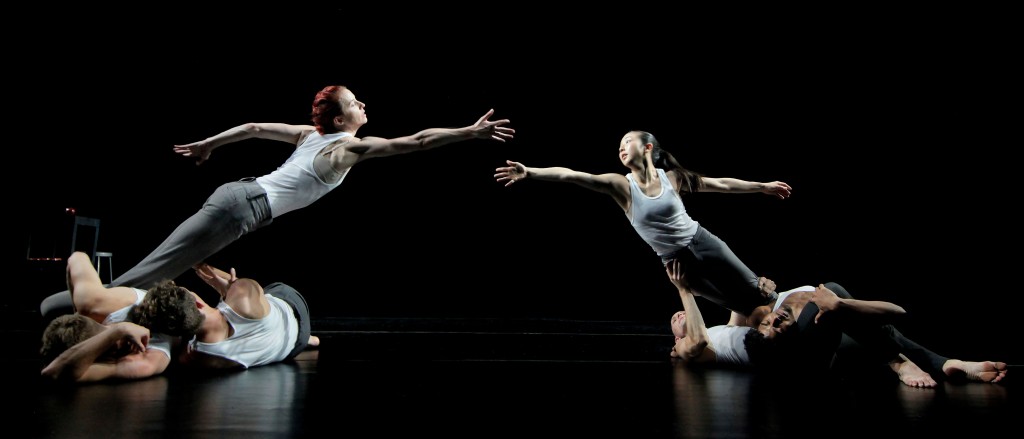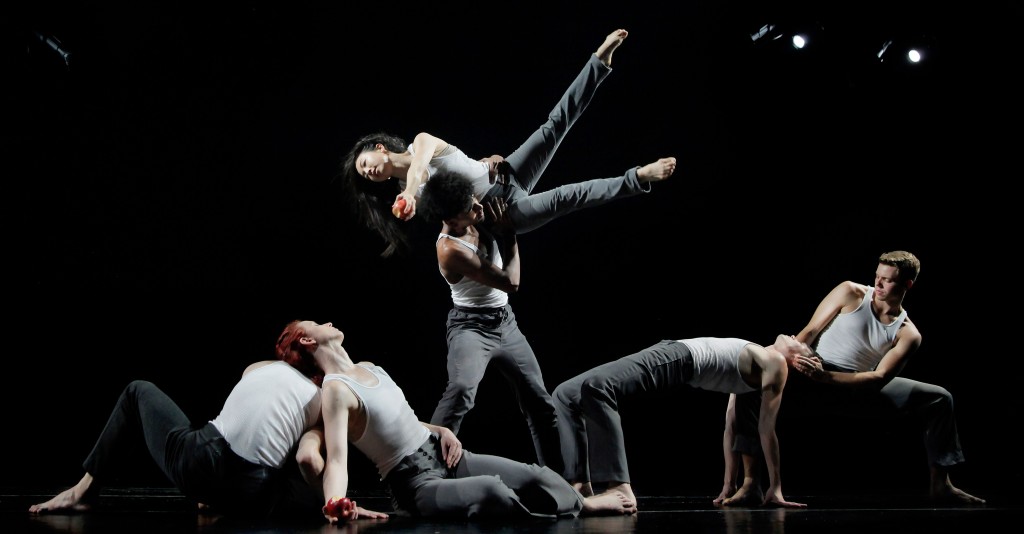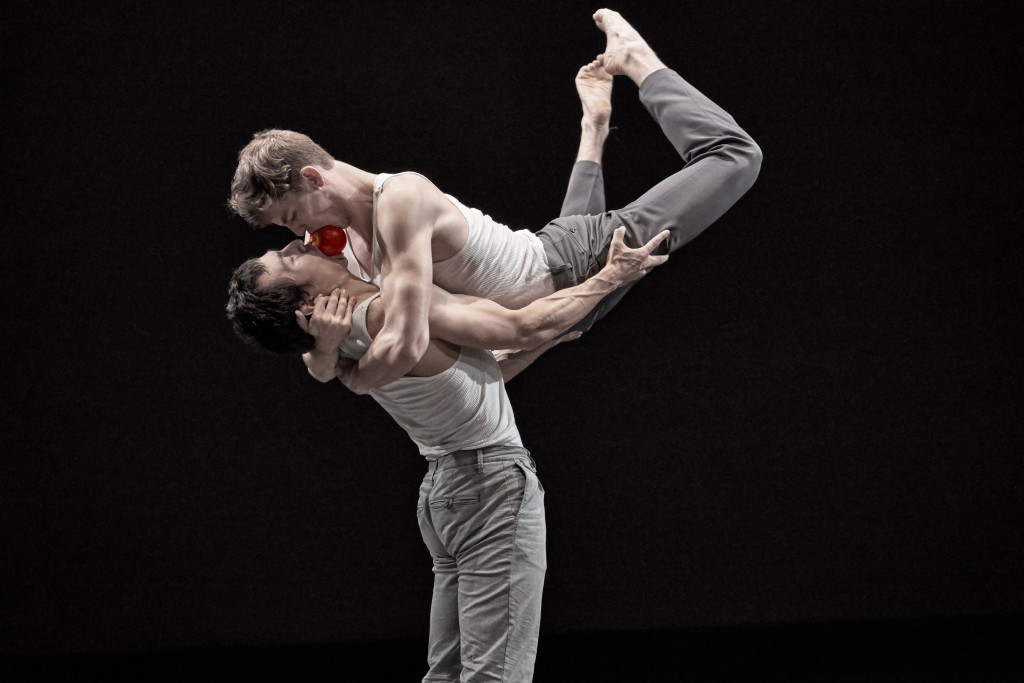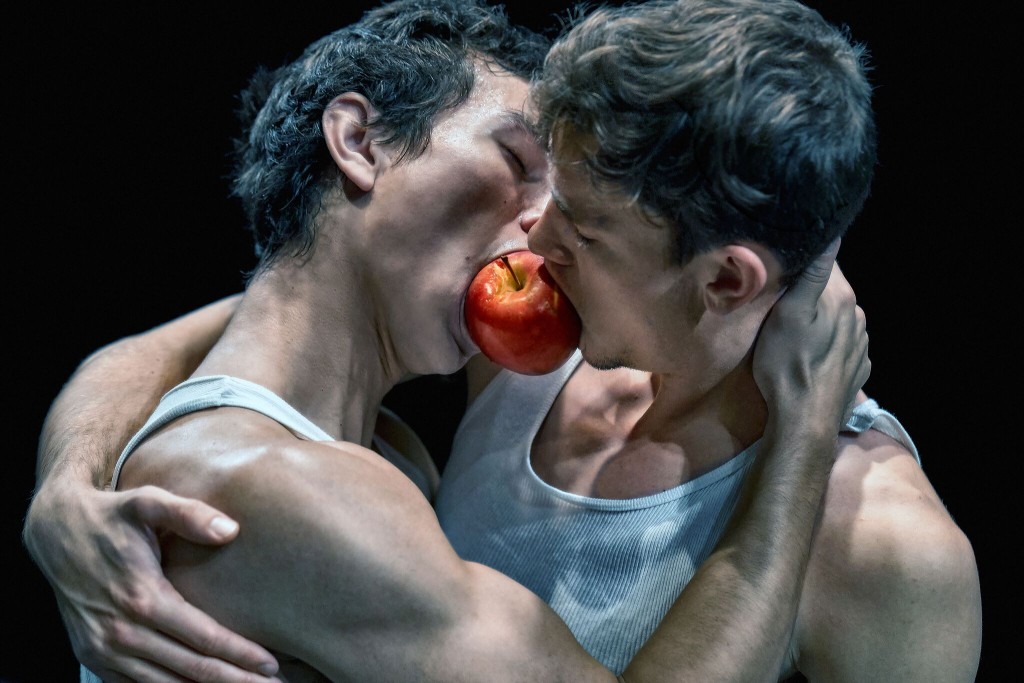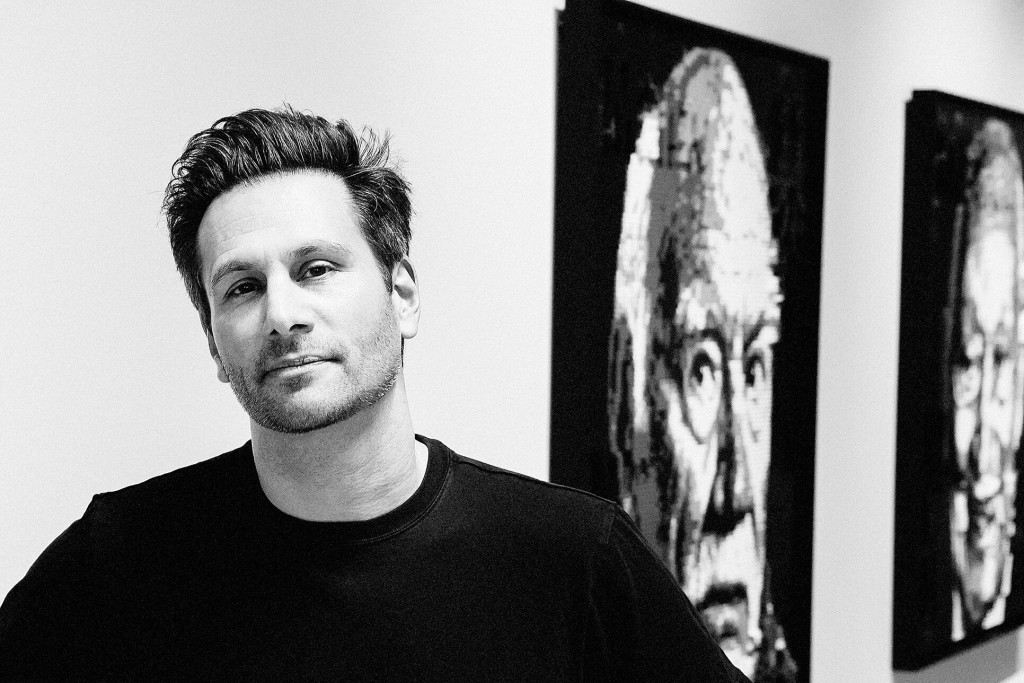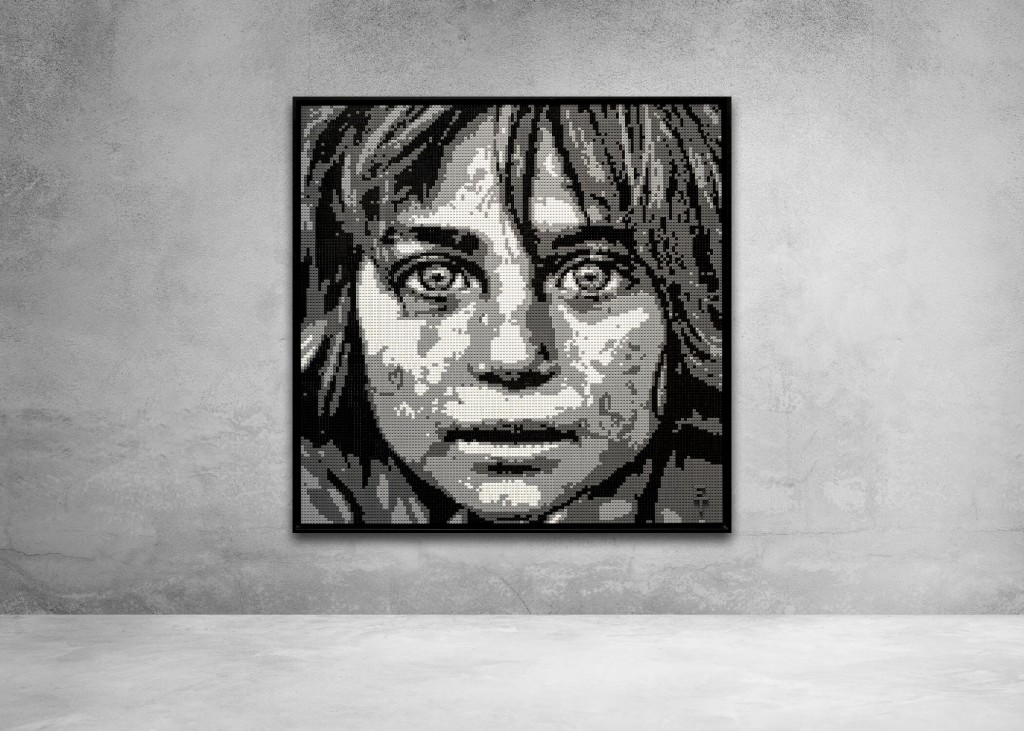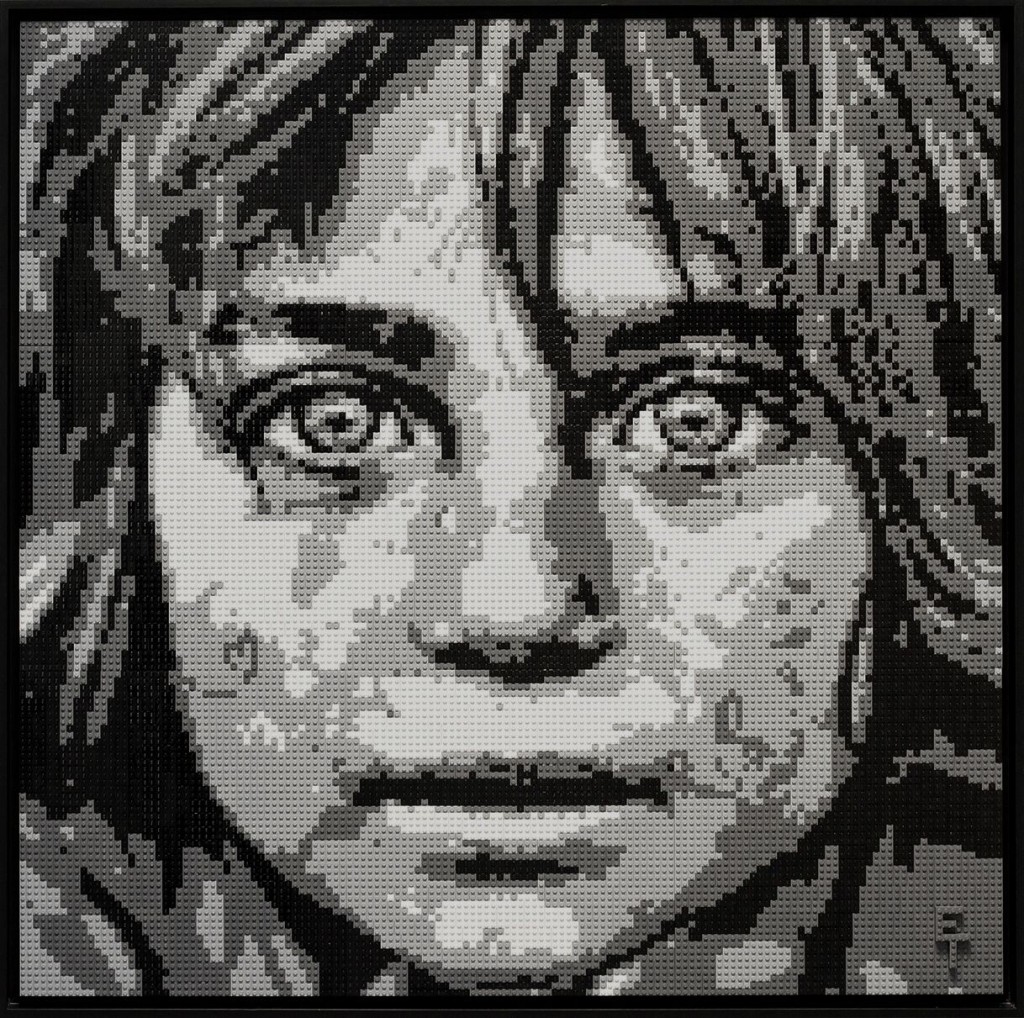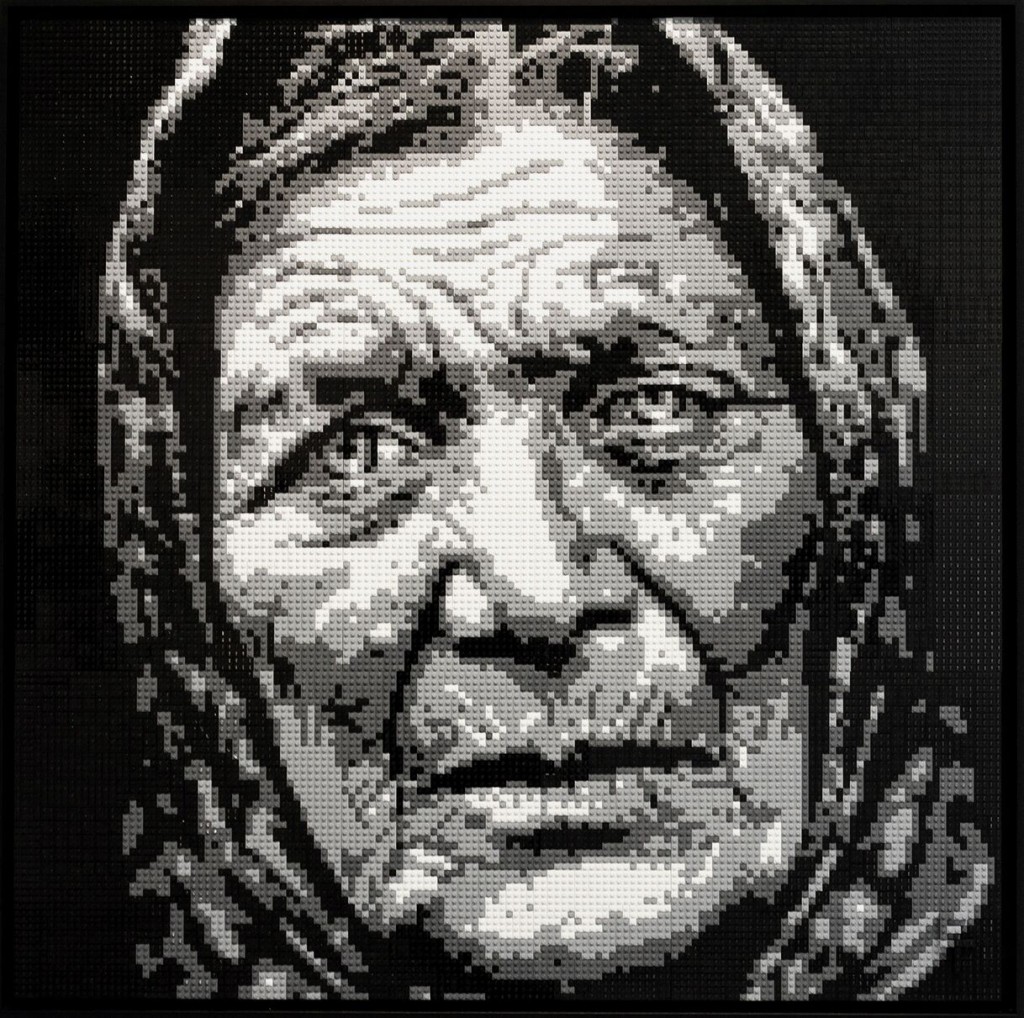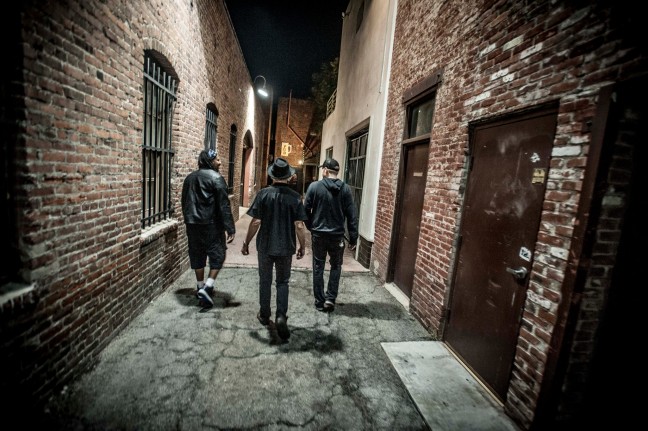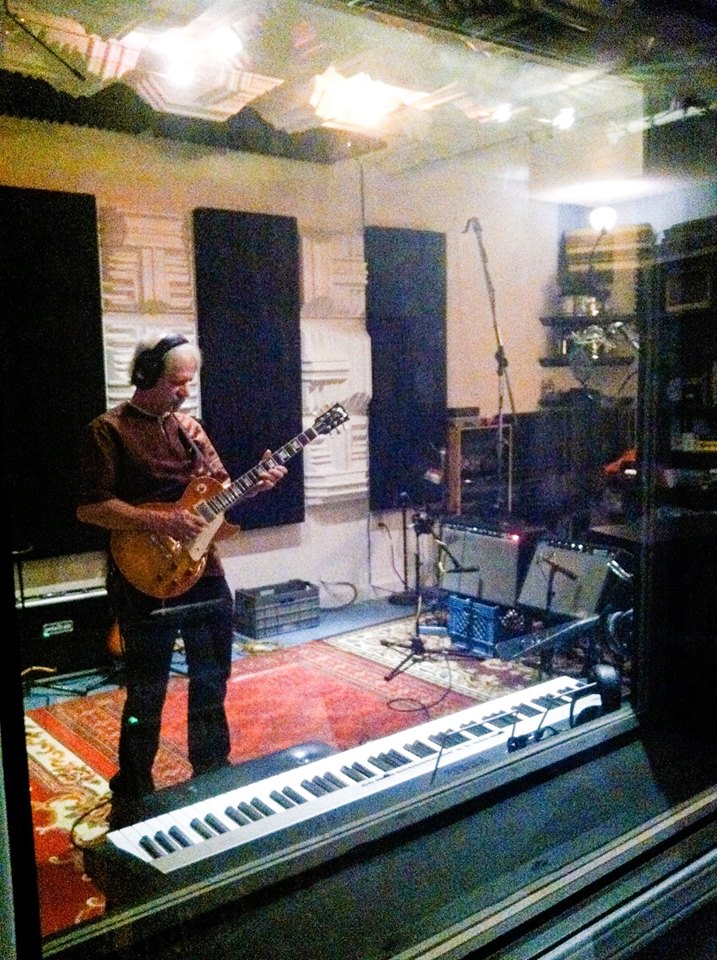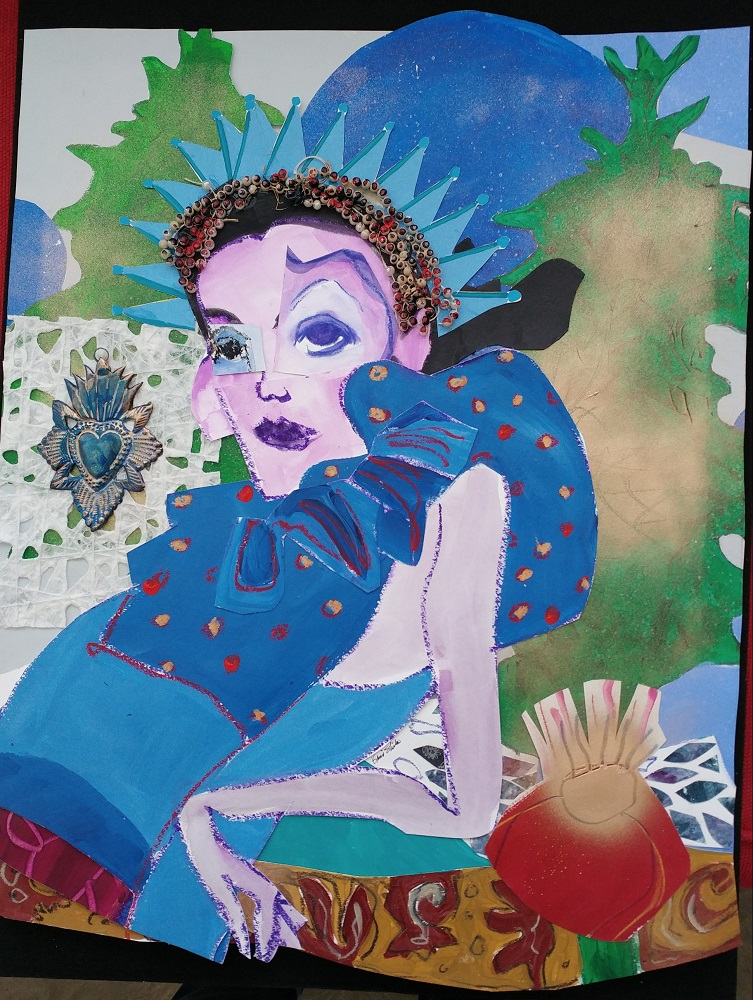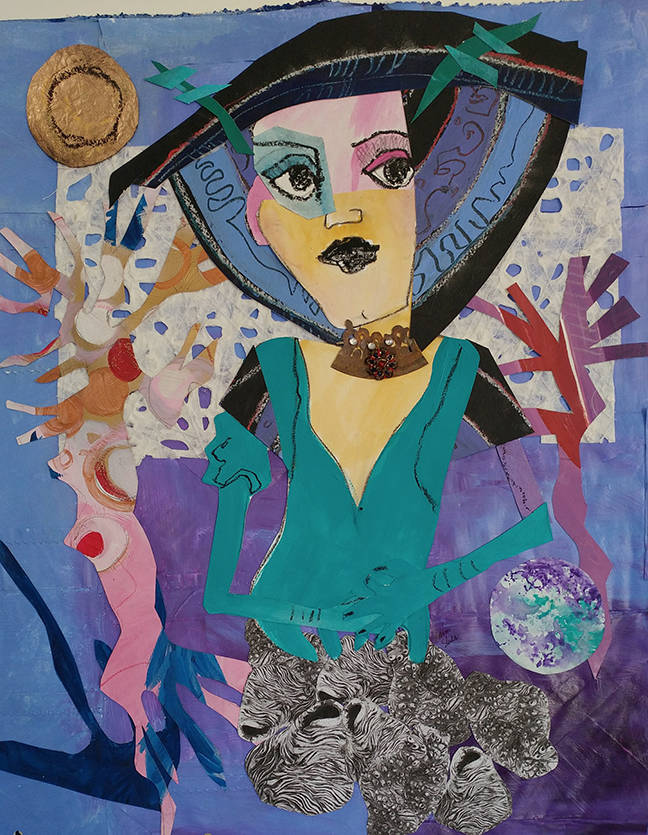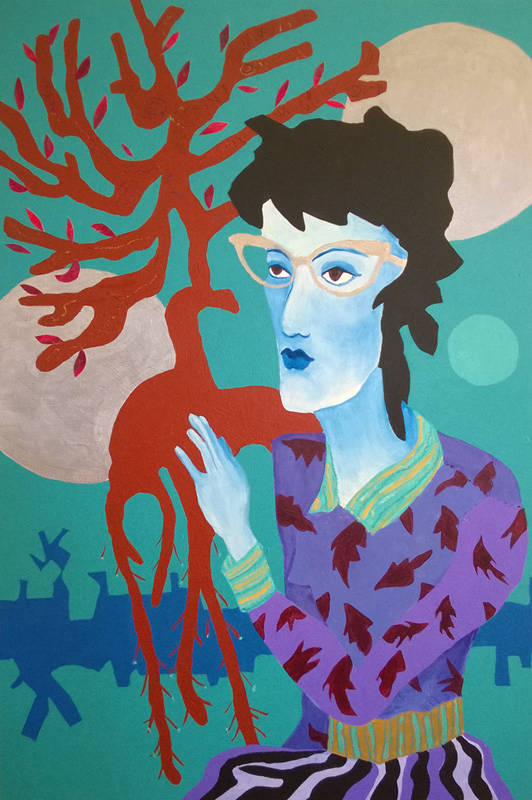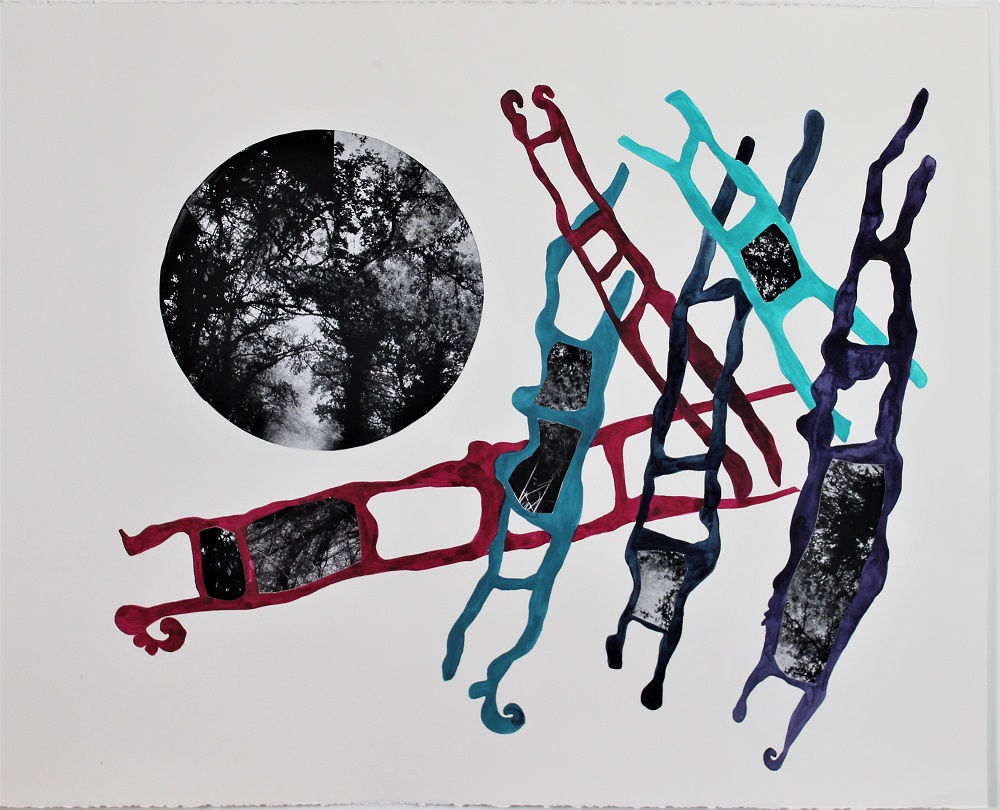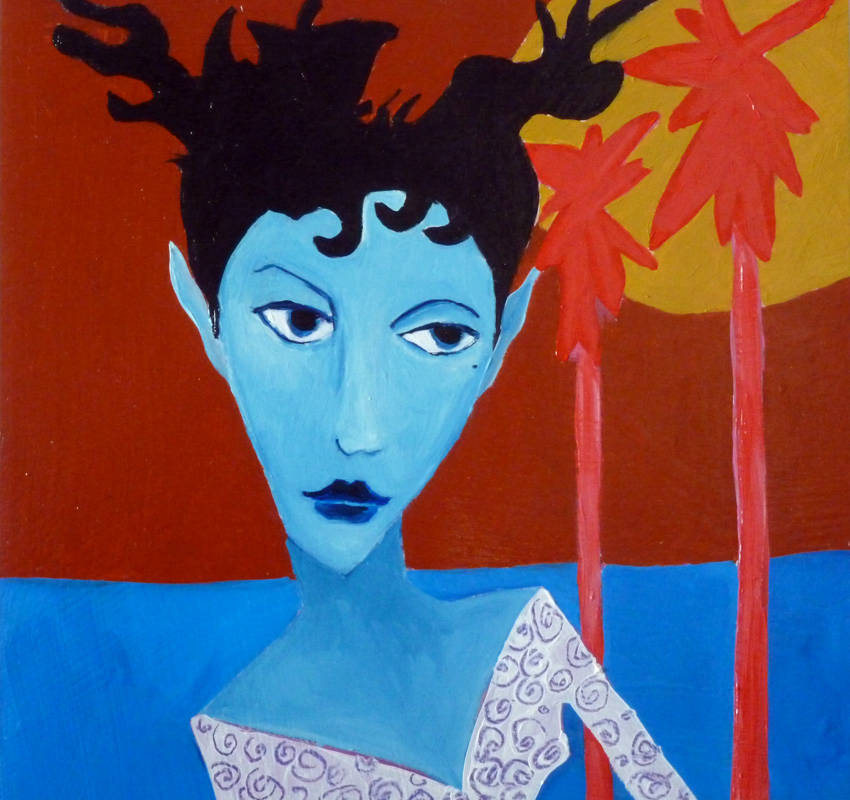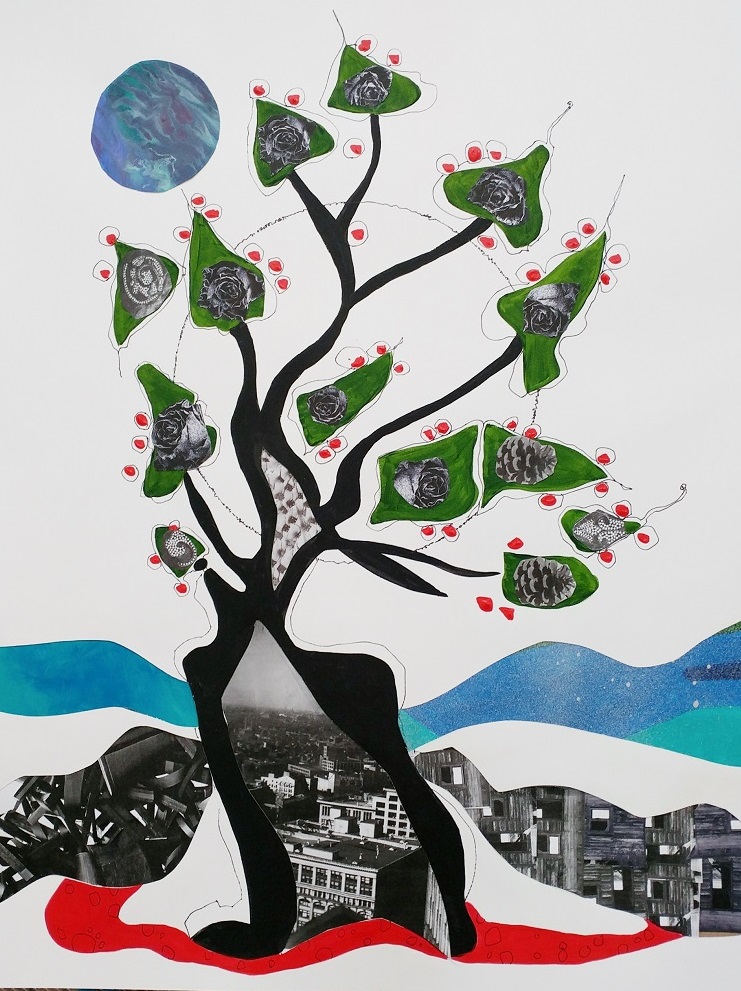When one looks at the word sublime in the dictionary – assuming we still look at dictionaries, of course – an illustration of the work of Invertigo Dance Theatre should accompany it.
Now at The Eli and Edythe Broad Stage in Santa Monica for one more night, September 14th only at 7:30 pm., Formulae & Fairy Tales tells the heartbreaking story of the life of Alan Turing, the mathematical genius and World War II codebreaker.
Using the ideas and images from his favorite film, Disney’s Snow White and the Seven Dwarfs, the brilliant choreography of Laura Karlin, Invertigo Dance Theatre’s Founding Artistic Director, creates a dream-like, fascinating world of mathematics, artificial intelligence, and cryptography that is also a love story, and a tale that expresses great loneliness and injury.
Making strong use of the troupe’s floor-based dance movement and sinuous contemporary style, Formulae & Fairy Tales was one of 20 nationwide works selected for a prestigious New England Foundation for the Arts’ National Dance Project production grant.
Invertigo will continue to tour Formulae & Fairy Tales during the 2020-21 season, starting with a performance at the University of Florida Performing Arts’ Phillips Center on February 5, 2020. Seriously, if you miss it in LA, it’s worth a plane ticket.
For those unfamiliar with the story of Alan Turing, considered the father of artificial intelligence and the computer, this genius of a computer scientist, mathematician, logician, cryptanalyst, philosopher, and theoretical biologist basically broke German code and turned the tide of World War II. Despite this heroic victory, following the war, he was cruelly persecuted for being homosexual, convicted of “gross indecency” by the country he helped save, and in 1954, he died by eating an apple laced with cyanide, a desperate act that was likely inspired by Snow White.
Karlin describes the dance performance as “a rejection of tragedy in favor of hope, redemption, and an implacable desire that our world be better for the people living in it,” which not only sums up Turing’s life and Karlin’s telling of his story, but also the troup’s truly give-back philosophy, with its Dancing through Parkinson’s program and various school programs. And it just might sum up the palpable joy that vibrates through this Invertigo performance and those we’ve had the pleasure of seeing in the past.
During the show, much witty, trenchant, and loving use is made of Turing’s love for Snow White and the Seven Dwarfs, the first animated feature to be produced in English and in Technicolor©. The muse of fractured film images as well as numbers, letters, and binary code is projected behind the dancers as they leap, writhe, soar, and collapse onto the stage.
Karlin has managed to embody Turing’s creativity, his mathematical world, his hidden meanings, his secret love life. Throughout the 80 minute performance, the dancers’ movements often play on computational systems, on the known and unknown.
The end result is both magical and precise, story telling crafted from motion. And that motion often mirrors the decoding of classified information in that dancers and viewers alike are bound to the mystery and resolution.
Karlin created the choreography in collaboration with the dancers: Cody Brunelle-Potter, Hyosun Choi, Jessica Dunn, Spencer Jensen, Corina Kinnear, Dominique McDougal, and Luke Dakota Zender. Composers Toby Karlin, Julia Kent, and Eric Mason’s music are also featured in the piece.
Karlin was compelled to create the work after hearing an NPR broadcast about Janna Levin’s book on Turing, A Madman Dreams of Turing Machines; the end result is both a beautiful tribute to Turing and a fresh representation of Levin’s fascinating material. Unlike the rather staid film about Turing’s life released in 2016, The Immitation Game, Karlin’s work gets into the heart, soul, and sensuous bones of her subject.
The joy, defiance, and anguish in a final dance featuring Turing and his lover, meeting not lip to lip but with an apple clenched in their teeth between them, is absolutely brilliant. Like the production itself, this is an incredible, richly memorable moment in dance.
When Karlin joined the dancers tonight for a final bow, the company received a well-deserved standing ovation.
Tickets are now on sale at www.thebroadstage.org or by calling 310.434.3200.
The Eli & Edythe Broad Stage is located at 1310 11th St. Santa Monica CA 90401. Parking is free.
- Genie Davis; photos: Joe Lambie, George Simian – provided courtesy of Invertigo Dance Theatre




